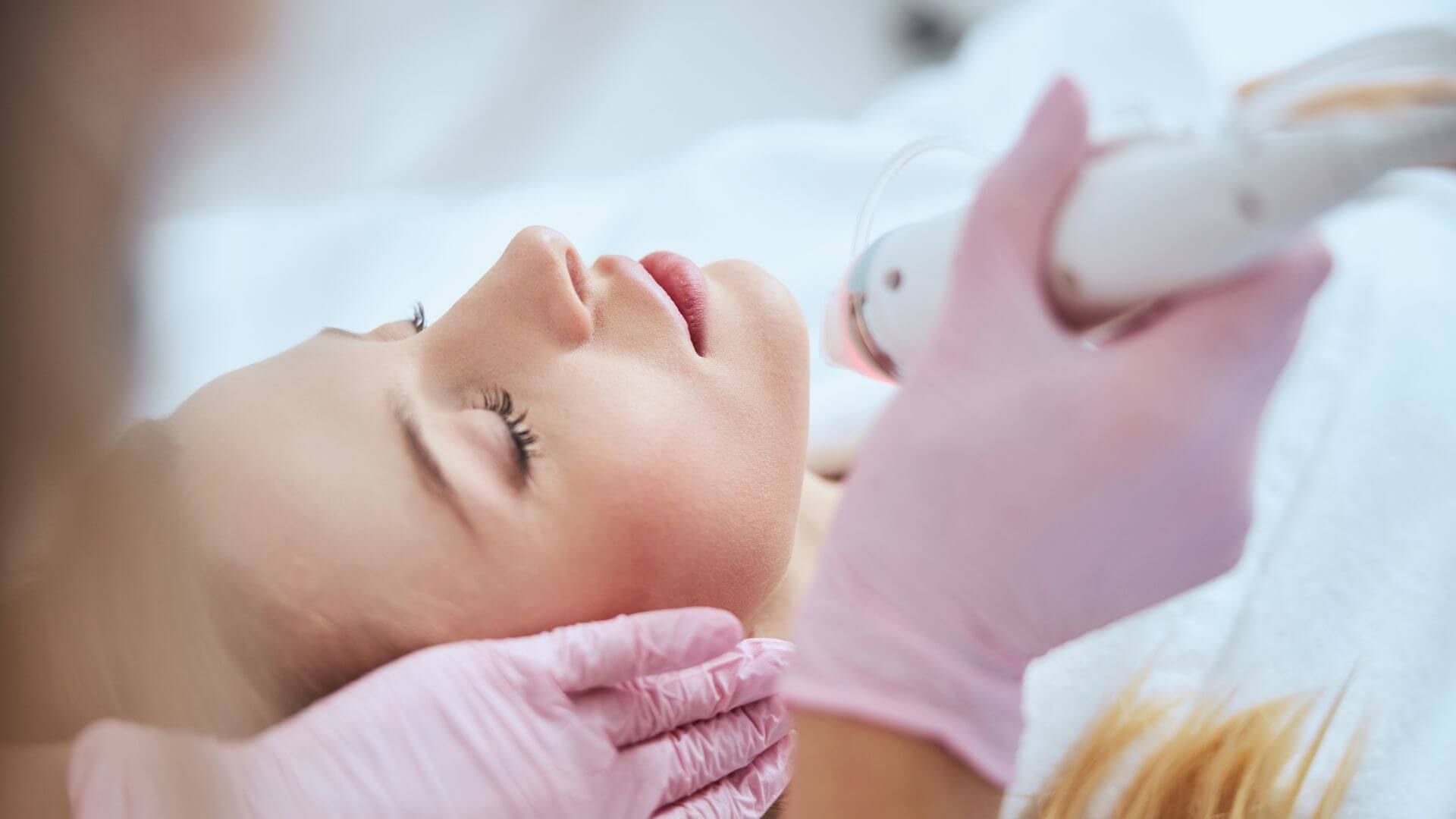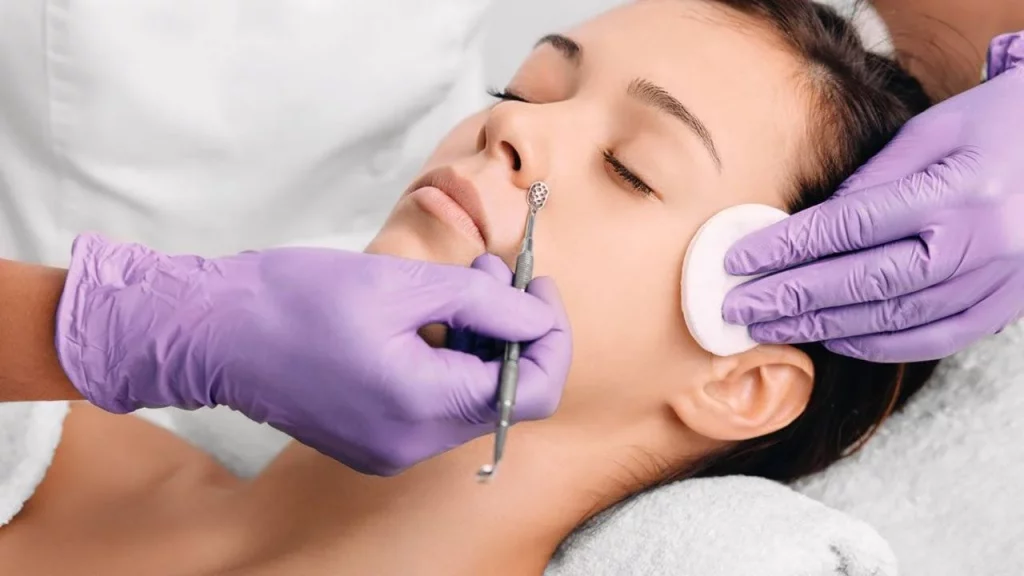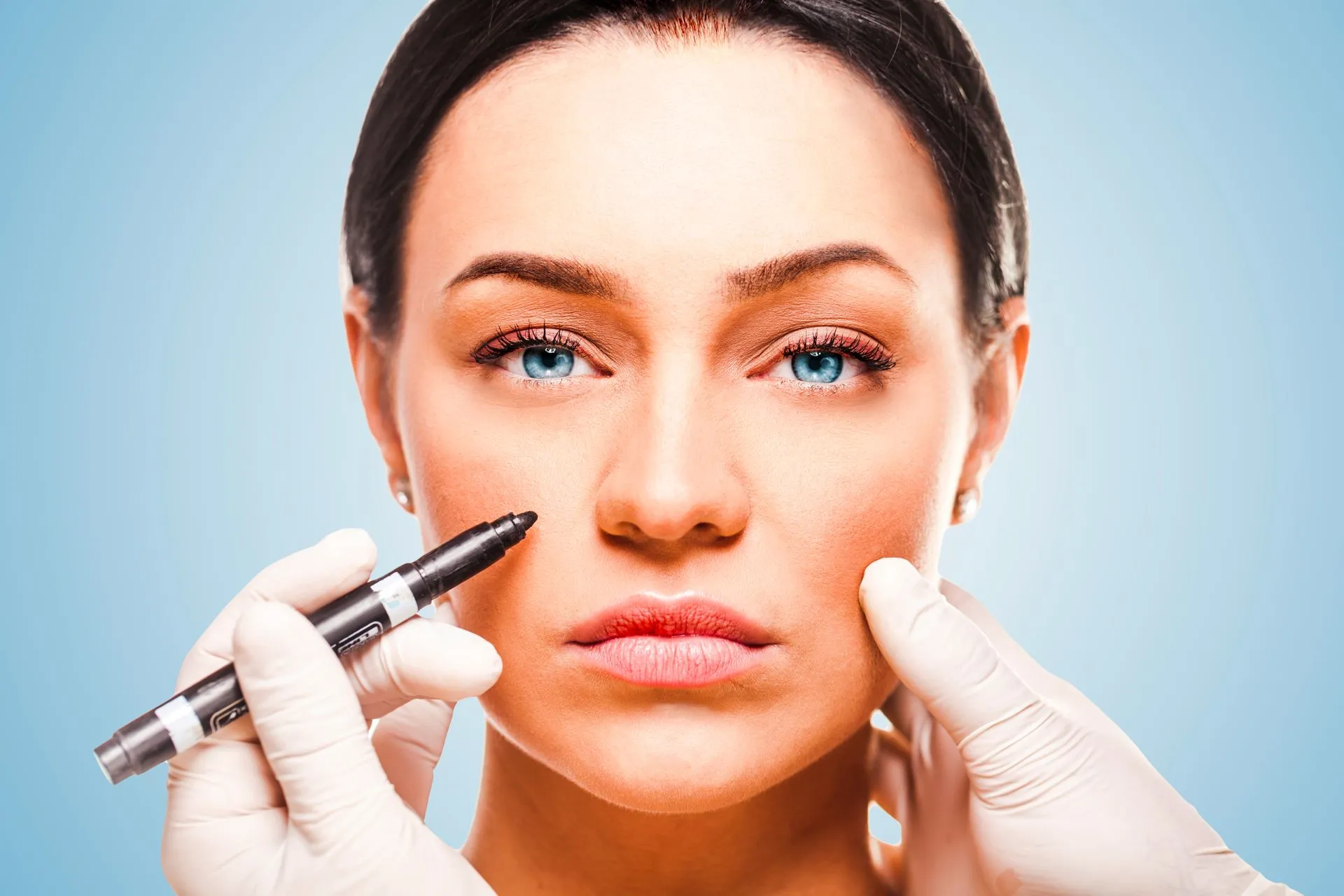Aging skin experiences a natural decline in elasticity, hydration, and cell turnover, leading to wrinkles, fine lines, and uneven texture. Advances in dermatology offer a wide range of treatments that help restore a more youthful appearance without surgery. Whether you’re looking to soften lines, improve skin tone, or boost firmness, today’s options are more effective and customizable than ever.
Many people turn to a dermatologist not just for medical skin conditions but also to improve skin appearance and texture as they age. A consultation can help match specific concerns with the most appropriate treatment options based on skin type, goals, and medical history.
What Does Microneedling Do for Skin?
Microneedling uses tiny, controlled punctures to stimulate the body’s natural healing process and collagen production. This treatment can improve fine lines, acne scars, and overall skin tone by encouraging fresh cell growth. While results build over time, many patients notice smoother, firmer skin within weeks of their first session. The procedure is minimally invasive, typically requiring no more than topical numbing. It pairs well with serums or platelet-rich plasma (PRP) to enhance absorption and outcomes. Most people resume normal activities within a day or two.
Is Chemical Peeling Right for You?
Chemical peels exfoliate the skin using an acid solution to remove dull, damaged layers. Depending on the depth of the peel, they can address sun damage, discoloration, and mild wrinkles. Light peels offer subtle improvement with little downtime, while deeper peels produce more dramatic results but require recovery time.
A dermatologist can help select the appropriate peel strength and ingredients based on your goals and skin condition. Regular peels spaced out over months can gradually improve skin quality with little risk of irritation when guided by a professional.
How Does Laser Skin Resurfacing Work?
Laser resurfacing treatments target the outer layers of skin using controlled light energy to remove damage and stimulate collagen renewal. These treatments are often used to smooth wrinkles, fade dark spots, and tighten loose skin. Fractional lasers, in particular, treat targeted zones, speeding up recovery while delivering visible improvements.
What Role Do Injectables Play in Skin Rejuvenation?
Injectables like Botox and dermal fillers offer a nonsurgical way to reduce wrinkles and add volume to aging areas. Botox temporarily relaxes muscle activity to soften expression lines, while fillers restore lost volume in the cheeks, lips, or under the eyes. Both treatments are popular for their immediate and natural-looking results. When performed by a trained dermatologist or provider, injectables can subtly enhance your appearance without altering your natural features. Regular touch-ups can help maintain results over time, typically every few months.
Can Topical Treatments Make a Noticeable Difference?
Prescription-strength skincare products prescribed through a dermatology provider can support anti-aging goals between procedures. Retinoids, antioxidants, and peptides can improve skin texture, tone, and firmness when used consistently. These topicals often work best when combined with in-office treatments for more lasting benefits.
Schedule a Dermatology Visit
Customized skincare routines created by a dermatologist help target specific aging concerns without overwhelming or irritating the skin. This ongoing approach can help extend the results of other treatments and maintain skin health.



